- Category
- Latest news
Alla Horska’s Iconic Mariupol Mosaic Recreated in Kyiv After Russian Destruction
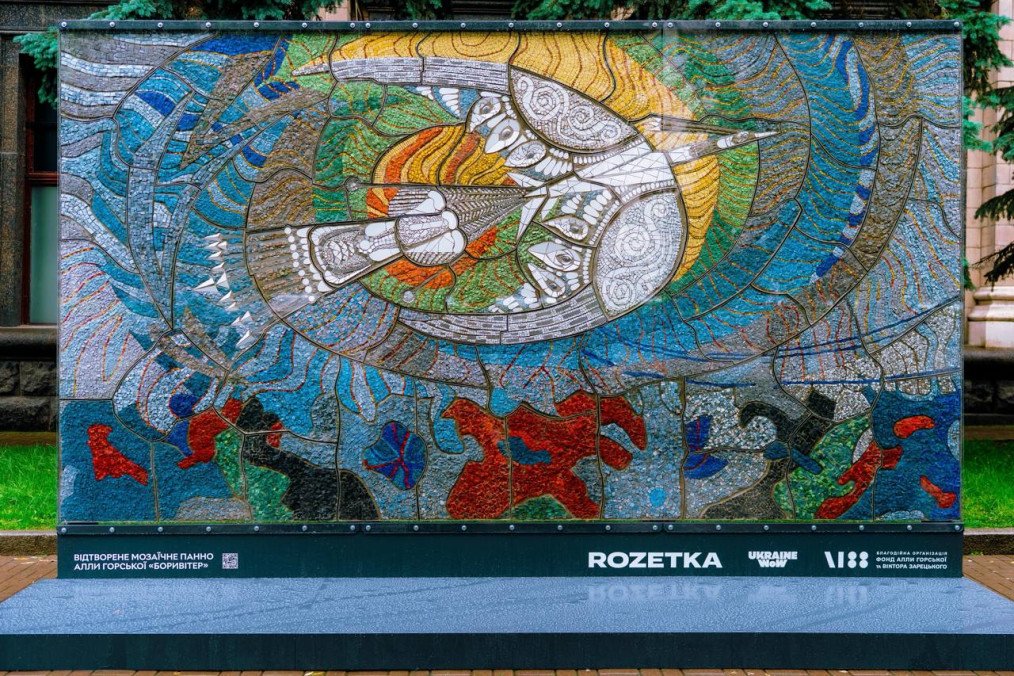
A recreation of Boryviter, the legendary mosaic by Ukrainian artist and dissident Alla Horska, has been unveiled on Kyiv’s Maidan Nezalezhnosti. The original mosaic, created in 1967 and long considered a symbol of artistic freedom, was severely damaged during the Russian siege of Mariupol in 2022.
The new version was presented by Ukraine WOW and ROZETKA in partnership with the Alla Horska and Victor Zaretskyi Foundation. It will be on display in Kyiv until June 22 before beginning a national and international tour aimed at celebrating Ukrainian art and raising awareness of cultural heritage under threat.
Boryviter (Ukrainian for “kestrel”) was originally created for the interior of the Ukraina restaurant in Mariupol by a group of monumental artists led by Alla Horska. The dynamic image of a falcon in flight, crafted from an expressive mix of materials, vivid colors, and sculptural textures, quickly became a visual metaphor for freedom and defiance.
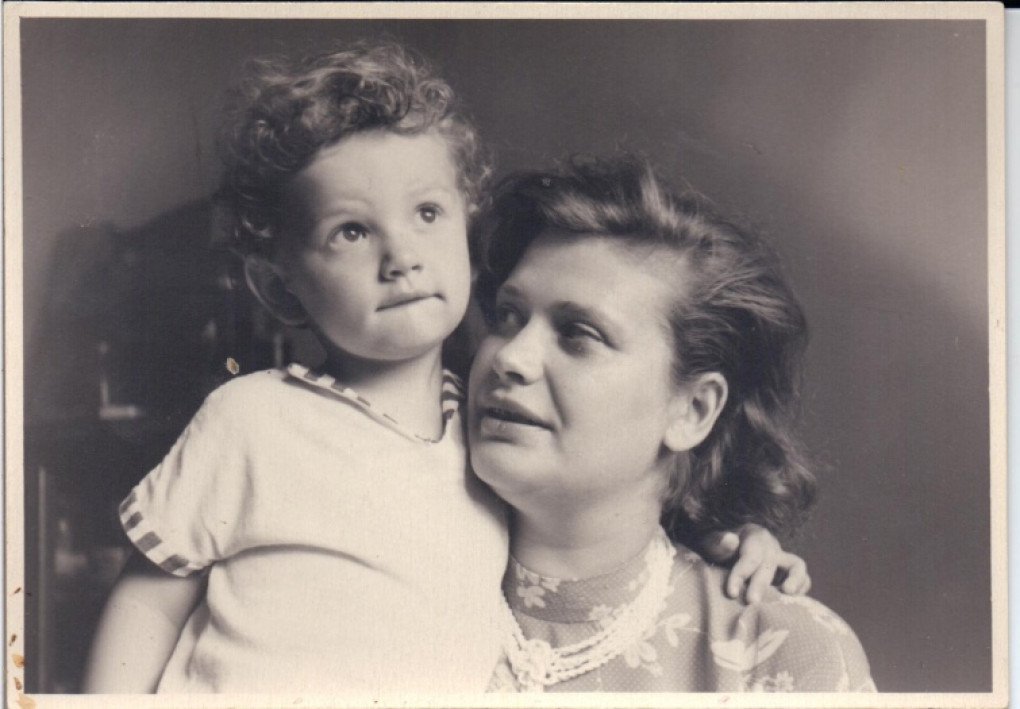
Just three years after completing the mosaic, Horska—a leading voice in the 1960s Ukrainian Sixtiers movement and an outspoken human rights advocate—was murdered. Official accounts claimed her father-in-law committed the act during a personal dispute, but many in the dissident community pointed to Soviet state security involvement.
Before her death, Horska, along with poet Vasyl Symonenko and director Les Taniuk, helped uncover mass graves of Stalinist repression victims, including in Bykivnia.
The recreation of Boryviter was led by Horska’s granddaughter, Olena Zaretska, with a team of 15 artists and researchers specializing in monumental art. To match the original with absolute precision, they sourced more than 700 kilograms of materials from around the world—including opaque smalt, tiles of rare colors, metal sheets, and even aluminum spoons, exactly as used in the 1967 work.
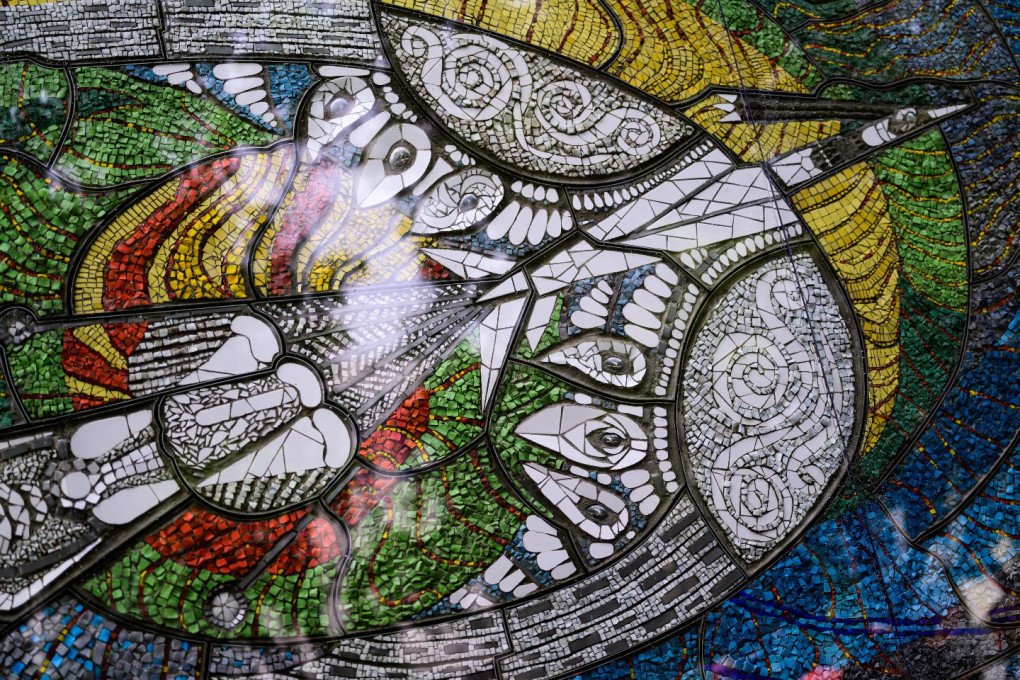
“Everything was recreated down to the finest detail,” said Zaretska. “The Soviet regime tried to silence Alla Horska because of her talent and courage. Today, Russia continues its attempts to erase her legacy—but we are determined to preserve and restore it.”
The current condition of the original mosaic in occupied Mariupol remains unknown. The site is fenced off and inaccessible, yet the recreated Boryviter offers a poignant reminder of both the fragility and resilience of cultural heritage.
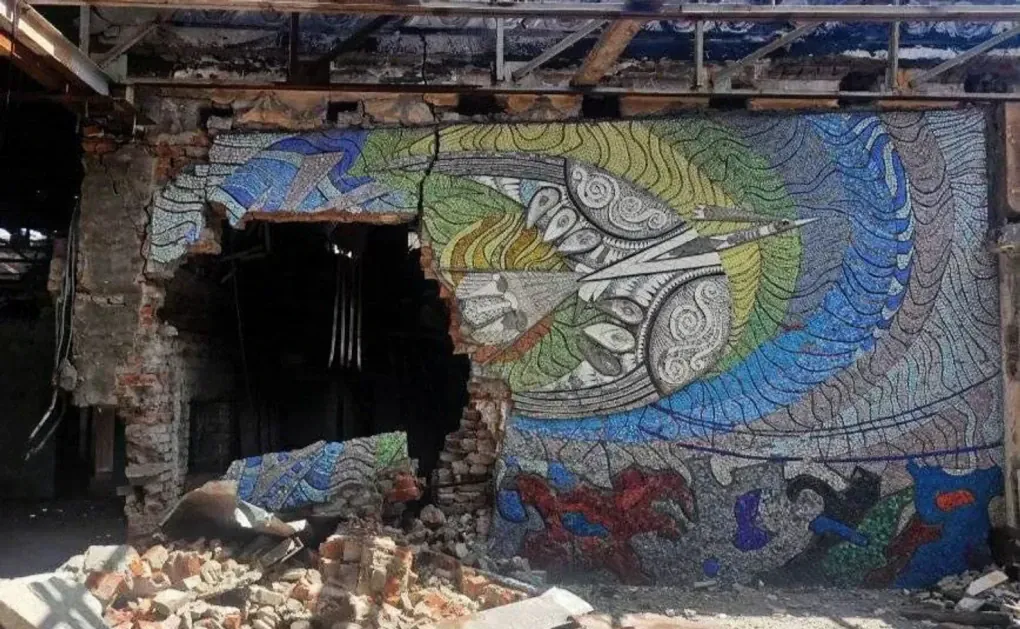
In addition to the main installation, the project includes a second replica of the mosaic that has been divided into 1,250 unique fragments. Each piece is available for purchase, allowing individuals to symbolically “adopt” a part of Boryviter and contribute to its legacy. The long-term goal is to restore the original mosaic in a liberated Mariupol.
Funds raised through these sales will support the restoration of The Wind—the only surviving mosaic by Horska in Kyiv—and help fund the touring exhibition of Boryviter across Ukraine and abroad. Mosaic fragments are available at the retailer’s flagship store on Maidan Nezalezhnosti.
Previously, It was reported earlier that the Soviet Union systematically persecuted Ukrainian cultural figures in an effort to erase Ukraine’s national identity and suppress dissent.
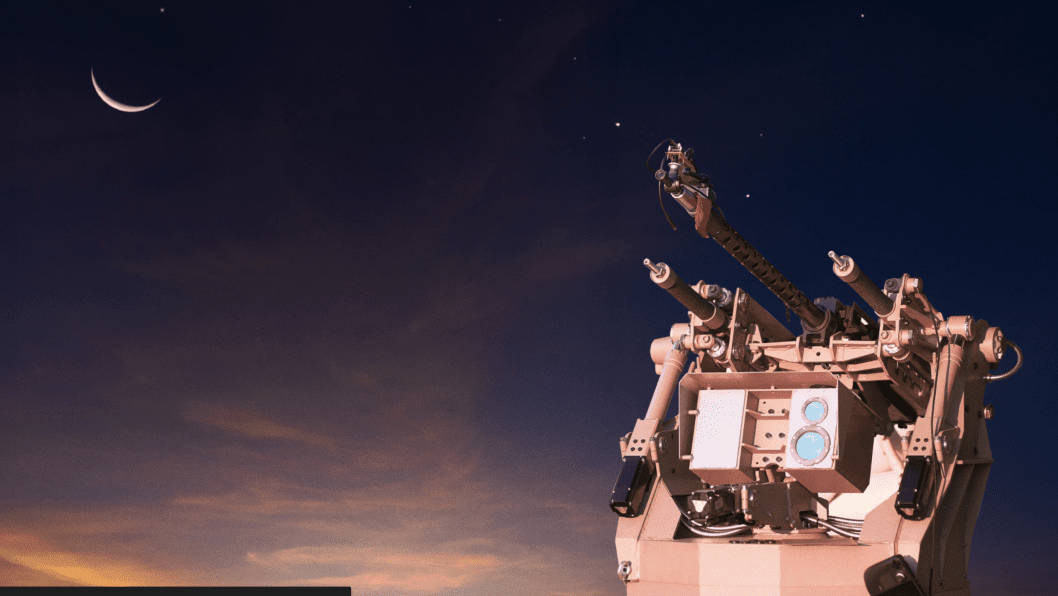

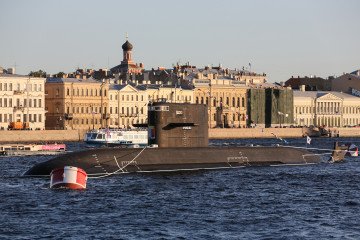

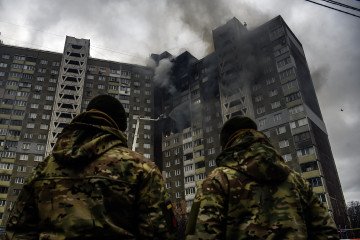


-111f0e5095e02c02446ffed57bfb0ab1.jpeg)
